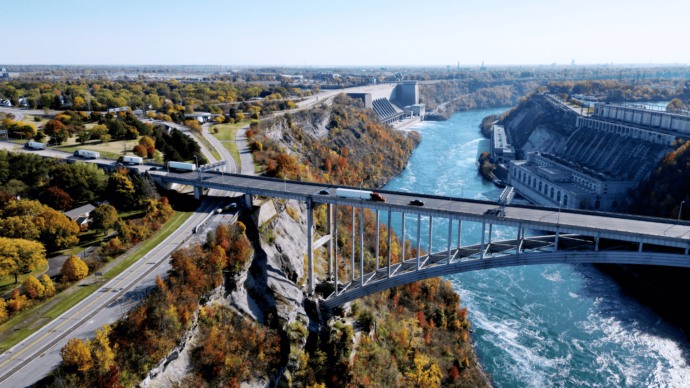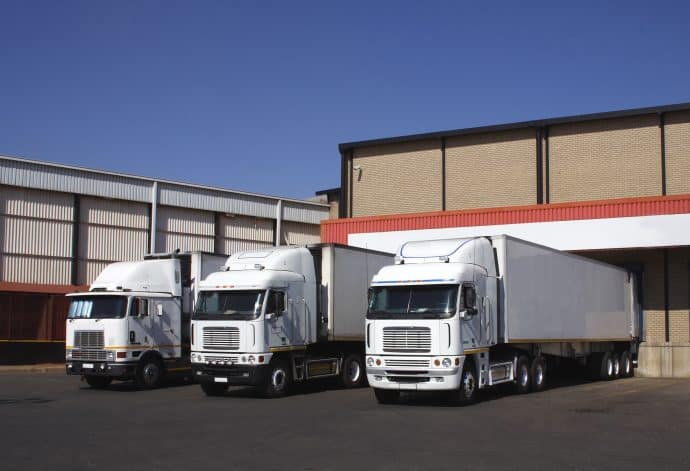The time a truck takes to fill up with goods from a warehouse can have lasting effects on both safety and efficiency. Staging—the process of organizing and loading or unloading commercial vehicles—is a critical step in the delivery transport lifecycle. In turn, any delays that occur during staging can have lasting impacts on the rest of the supply chain.
Common challenges posed by unoptimized staging and truck parking shortages
Safety concerns: Inadequate space for truck staging can similarly cause stopped trucks to overflow into city streets, turn lanes or road shoulders and condense traffic movement. Additionally, if there aren’t enough designated areas to park large commercial trucks, drivers may feel forced to park wherever they can find an area large enough to accommodate their rig, such as a road shoulder or a retail parking lot. Parking in less-than-ideal locations like these can raise driver safety risks. Roadside parking is always unsafe, but it’s especially dangerous to do overnight, when higher numbers of impaired drivers are on the road. In last-resort parking areas where adequate security is lacking, such as retail parking lots, fields or abandoned areas, there also may be greater potential for theft or driver harassment to occur. Additionally, if drivers are searching for a designated truck parking area to rest for the night but aren’t close by to any, they could risk exceeding their Hours of Service (HOS) driving limits, which can potentially endanger both themselves and other motorists. Complaints from community residents can also rise if commercial drivers are having to frequently park anywhere they can in order to maintain HOS compliance.
Lost productivity and earning potential for drivers: Similarly to airline pilots being compensated for their time in the air, commercial drivers are paid for their time spent on the road actually driving. If delays occur during staging, both drivers and companies stand to lose money. Truck drivers may wait in line at warehouses to receive their cargo for long durations, with little direction on where to go, resulting in frequent downtime and wasted productivity.
Driver frustration: Drivers can get easily discouraged if they’re not able to maximize their time on the road due to inefficient staging. Similarly, if drivers arrive at the warehouse too early, at the same time as many other trucks or late due to unplanned traffic, they may feel like their timing is constantly under the microscope, no matter the circumstances. High frustration can lead to increased turnover, costing logistics companies more money and time spent acquiring new drivers.
Dissatisfied customers: Staging inefficiencies can also harm transportation companies’ reputations in the eyes of their customers. Lengthened staging times ultimately delay truck drivers’ ability to get their deliveries to clients on time, leading to a dismal reputation in the eyes of customers and lost business.
Given these multifaceted problems, a strong need exists for optimized staging processes and more overnight commercial parking. To enhance truck parking and staging, asking these critical questions can help you identify where to start.
- Are staging locations or parking shortages impeding the flow of traffic?
- Who is responsible for organizing the staging process?
- Where are drivers sleeping if they’re parked overnight waiting for cargo to be loaded onto their trucks?
Whether a truck is parked overnight waiting to receive cargo in the morning or a driver is taking their required rest hours, commercial vehicle insights can shed critical light into dwell times and overall movement tendencies.





